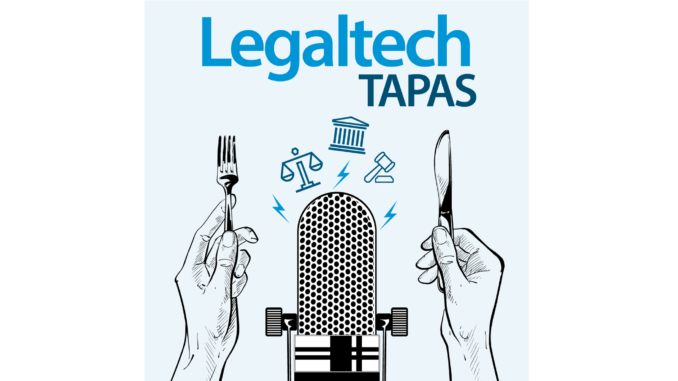
LegalTech Tapas is back, and this time Andrew Jardine interviews James Quinn, the CEO and co-founder of doc automation company, Clarilis.
They explore how Clarilis works, how its managed services team is a core part of the offering, and how doc automation – although a well-known technology – is finally having an impact.
Press play to listen to the audio interview inside the page.
Partial Episode transcript – What does Clarilis do?
This week we are talking about one of the first disruptive technologies ever introduced to lawyers, document automation, one that many lawyers are now very familiar with, but still not all have adopted. For that, we will be learning about Clarilis and how they are approaching doc automation in their own way, as well as speaking with James Quinn, Clarilis CEO to get his thoughts.
In a nutshell, doc automation tools are exactly what they sound like, they allow the automated generation of usually complex contracts to be done in a semi-automated way, so that you can draft complex documents in less time, but also importantly reduce risk of drafting errors too. Usually this is done by asking a user to complete a questionnaire about their business situation, the application can then take the data entered and responses to create a tailored document from an existing template or set of standard clauses.
This tech tends to get used in two typical ways, at one end of the spectrum supporting the drafting of really time consuming documents like share purchase agreements or syndicated loan agreements where simply changing a single defined term, company name or pronoun can result in hundreds of changes throughout the documents, alternatively for very simple documents like NDAs it can allow you to make them self-service, reducing business friction.
To some of you listening that might have been old news, solutions like Hot Docs and Contract Express have been on the market for quite a while, so what is Clarilis doing differently that sets it apart?
Principally Clarilis differs in its approach by having its web-based interface be organised around a transaction rather than a single required document like other solutions. This means that Clarilis can be used to automate a whole suite of documents needed for a matter in one fell swoop. Technically this is something you can also achieve with other tools, but is just a lot more complicated to do given their document centred interface.
One further differentiator that Clarilis is keen to emphasise is their managed service that comes packaged with its software subscription. In this the Clarilis team of lawyers provides professional services to do the full contract automation setup and ongoing maintenance, all you have to do is share your existing contract templates, then they can work back from those to setup the necessary automation.
This offering is useful not because setting up doc automation is incredibly technically difficult, most systems are pretty user friendly even for lawyers. It’s useful because setting up tools like these can be organisationally difficult, requiring collaboration between different teams and an investment of time to setup more complex automation. Realistically though lawyers have to prioritise their time for client work and so just want to use an out-of-the-box solution, which is exactly what this is.